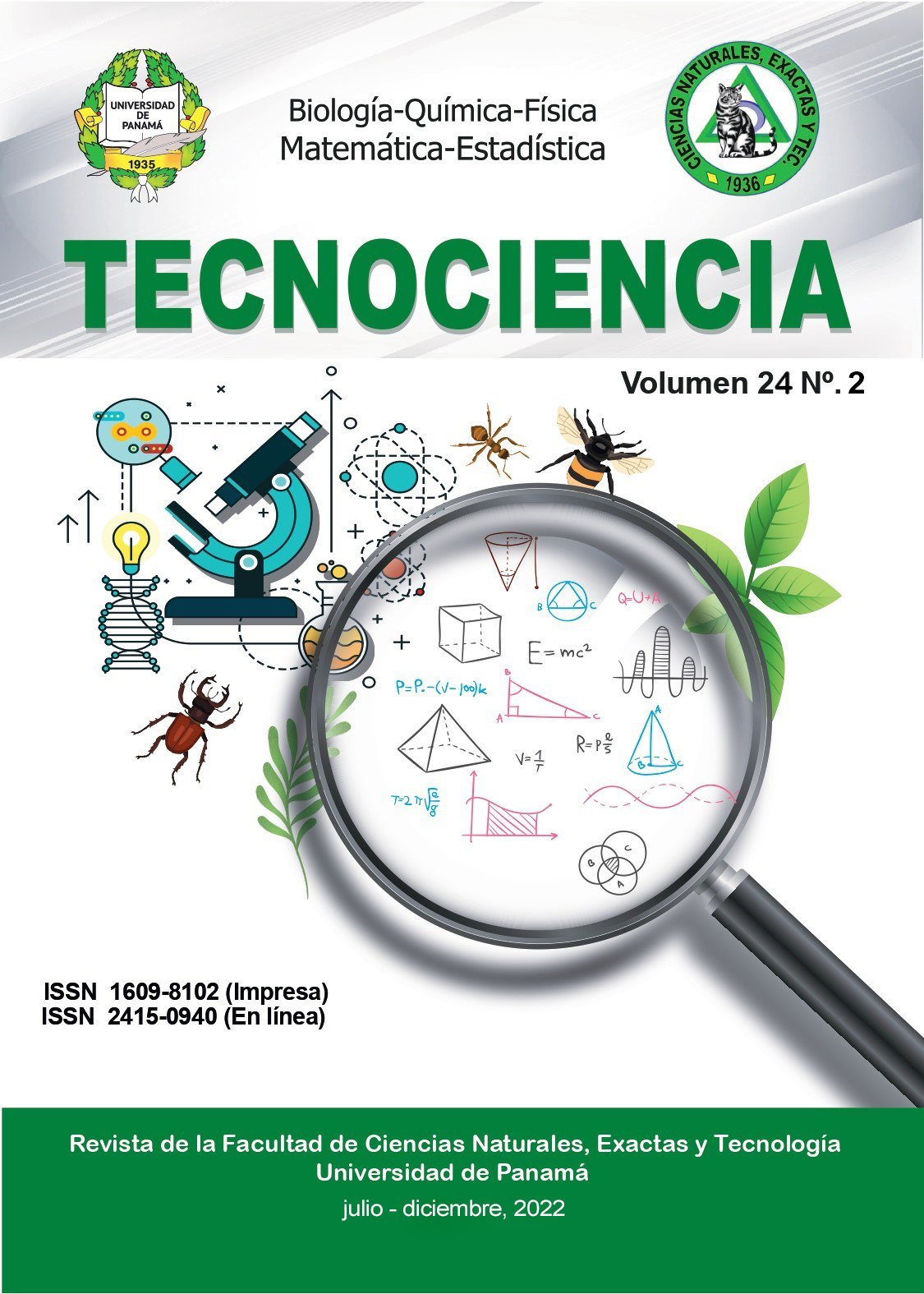Citas
Adegbulu, Y.T., Mogaji, H.O., Oluwole, A.S., Alabi, O. M. Adeniran, A.A., y Ekpo, U.F.. (2015). A Preliminary Survey of Gastrointestinal Parasites of Animals in Federal University of Agriculture Abeokuta Zoological Park, Ogun State, Nigeria. Journal of Biology, Agriculture and Health care, 5 (11): 195-202.
Arrojo, L. (2002). Parásitos de animales silvestres en cautiverio en Lima, Perú. Rev. Perú Biol. 9(2): 118-120.
Chávez, L., Serrano, E., Tantaleán, M., Quispe, M., y Casas, G. (2015). Parásitos Gastrointestinales en Reptiles en Cautiverio en Lima Metropolitana. Revista de Investigaciones Veterinarias del Perú 26(1): 127–134. Recuperado de http://dx.doi.org/10.15381/rivep.v26i1.10909
De la Ossa Merlano, N., Falconar, A., Llinás, H., y Romero, C. (2007). Manifestaciones clínicas y factores de riesgo asociados a la infección
por Cryptosporidium en pacientes de Barranquilla y tres municipios del Atlántico (Colombia). Revista Salud Uninorte, 23(1): 19-31.
Duran, N., Franco, M., Riva, H., y Flórez, J. (2020). Prevalencia de endoparásitos gastrointestinales y ectoparásitos en serpientes ex situ en Barranquilla, Colombia. Revista MVZ Córdoba, 25(1), 68-75. Epub June 02, 2021.https://doi.org/10.21897/rmvz.1537
Franco, E. (2006). Incidencia de Endoparásitos en Iguanas Verdes Silvestres y en Cautiverio. Tesis de Grado, Universidad de Panamá. 39pp.
García, P., Fernández, M., y Paredes, F. (1994). Microbiología clínica práctica (2da. Ed.). Editor Servicio Publicaciones UCA. 482pp.
García, V. (2013). Frecuencia de parásitos de reptiles en cautiverio en diferentes colecciones del estado de Morelos. Tesis de Grado. Instituto de Ciencias Agropecuarias, Universidad Autónoma del Estado de Hidalgo, Cuernavaca, México. 75pp.
García, D. (2011). Parásitos en los digestivos y sanguíneos de 2 géneros de boas, 1 Phython regius y 15 colúbridos mantenidos en la Cuarentena del Centro para Investigaciones y Respuestas en Ofidiología (CEREO). Tesis de Grado, Universidad de Panamá. 41pp.
Jacobson, E. R. (2007). Infectious diseases and pathology of reptiles (1ra. ed.). CRC Press Taylor & Francis Group, Boca Raton, Florida, USA, 736pp.
Khatun, M., Begum, N., Mamun, N., Mondal, M., y Shakif-Ul-Azam, M. (2014). Coprological study of gastrointestinal parasites of captive animals at Rangpur Recreational Garden and Zoo in Bangladesh. Journal of Threatened Taxa, 6(8): 6142–6147. Disponible en: http://dx.doi.org/10.11609/JoTT.o3093.6142-7
Levine N. D. (1988). The protozoan phylum Apicomplexa, vol. 1. CRC Press, Boca Raton, Florida, USA. 224pp.
Lynch, J. D. (2012). El contexto de las serpientes de Colombia con un análisis de las amenazas en contra de su conservación. Revista de la Academia Colombiana de Ciencias Exactas, Físicas y Naturales, 36(140): 435-449. Disponible en: http://www.scielo.org.co/scielo.php?pid=S037039082012000300009&script=sci_arttext
Olivas, E. (2004). Manual de Practicas de Microbiología I y II y Parasitología. (1ra. ed.). Universidad Autónoma de Ciudad Juárez. México. 105pp.
Pérez, T. (2012). Endoparasitismo digestivo en 6 especies de vipéridos mantenidas en el CEREO. Escuela de Biología. Tesis de Grado, Universidad de Panamá. 79pp.
Puerta, I. y Vicente, M. (2015). Parasitología en el laboratorio: Guía básica de diagnóstico. Editor 3Ciencias. 126pp.
Quintero, I., Ríos, N. Mack, M. y Martínez, V. (2021). Endoparásitos en cuatro especies de vipéridos provenientes de la concesión minera “Cobre Panamá”. Tecnociencia, 23(1), 160-179.
Quiroz, H. R. (1990). Parasitología y enfermedades parasitarias de animales domésticos, 1ra ed. Editorial Limusa. 876pp.
Radhakrishnan, S., Kurup, S. P., y Banerjee, P. S. (2009). Endoparasitism in Captive Wild-Caught Snakes Indigenous to Kerala, India S. Zoo Biology 28(3): 253–258.
Rahman, S., A. Dey, U. Kundu, & N. Begum. (2014). Investigation of gastrointestinal parasites of herbivores at Dhaka National Zoological Garden of Bangladesh. Bangladesh Agricultural University. 12(1): 79–85.
Sánchez, N., M. Tantaleán, R. Richards y H. Gálvez. (2004). Parásitos helmintos en boa constrictor, Epicrates cenchria y Corallus caninus (Ophidia: Boidae) criadas en cautiverio. Revista de Investigaciones Veterinarias del Perú, 15(2): 166-169.
Smith, T. G. (1996). The genus Hepatozoon (Apicomplexa: Adeleina). Journal of Parasitology, 82(4): 565–585.
Lima de Souza, J., da Silva Barbosa, A., Prado Vazon, A., Antunes Uchôa, C. M.; Coronato Nunes, B., Bandeira Vianna Cortez, M., Laurentino da Silva, V., Brazil Más, L., Melgarejo, A. R., Machado Pereira Bastos, O. (2014). Parasitological and immunological diagnoses from feces of captive-bred snakes at Vital Brazil Institute. Braz. J. VetParasitol., Jaboticabal, 23(2): 123-128. ISSN 1984-2961. Doi: http://dx.doi.org/10.1590/S1984-29612014032
Telford, S. R. JR. (2009). Hemoparasites of the Reptilia: Color atlas and text. CRC Press, Taylor and Francis Group, Boca Raton, Florida. 394pp.
Urriola, Y. y Mack, M. (2010). Parasitismo digestivo y sanguíneo en las Bothrops asper ingresadas a la Cuarentena para ofidios en la Universidad de Panamá. Tesis de Grado, Universidad de Panamá. 110 pp.
Ríos, N., Vásquez, H. y Martínez, V. (2017). Protozoos gastrointestinales en Bothrops asper (Viperidae) mantenidas en el Centro para Investigaciones y Respuestas en Ofidiología (CEREO). Escuela de Biología, Universidad de Panamá. Tecnociencia, 19(1), 160-118.

